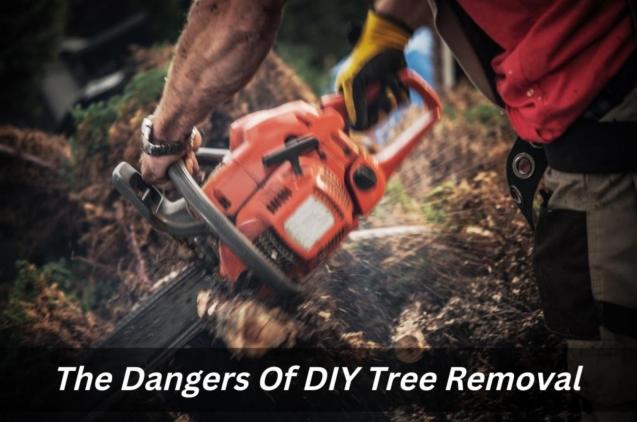
What Are The Advantages Of Soil Nailing?
Increased Shear Strength
One of the significant advantages is its ability to increase the shear strength of the soil, particularly in slope face stabilization. Drilling soil nails into the slope face improves the overall stability of the soil, making it more resistant to shear forces that can cause slope failure.
By drilling holes into the slope and inserting soil nails, the soil becomes reinforced with a network of steel bars or hollow bars that act as tension members, distributing the forces acting on the slope more evenly. This reinforcement enhances the shear strength of the soil, reducing the likelihood of slope failure.
The drilling soil nailing method is an effective way of increasing the shear strength of soil in a variety of soil conditions. It can be applied to slopes composed of different soil types, including clayey silts, dense sand, granular soil, and weathered rocks. Drilling nails is a cost-effective method of stabilizing a slope as it requires less heavy equipment than other stabilization techniques.
The use of drilling nails also minimizes the excavation required, reducing the impact on the surrounding environment. Overall, the drilling soil nailing method provides a reliable and long-term solution for increasing shear strength in slope stabilization.
Cost-Effective Method
Soil nailing is a cost-effective method of ground stabilisation. It requires less heavy equipment than other methods and can be done in restricted access areas. It eliminates the need for temporary structures, reducing the overall cost of the project. The cost varies depending on the depth of the excavation and the number of nails installed.
Installation Methods
Soil nailing can be installed using different methods, such as the drilling and grouting method, the jet-grouted soil nailing method, or the single-shot method. The drilling and grouting method is the most common method of installation. It involves drilling holes into the soil, inserting the soil nails, and grouting them with cement.
The jet-grouted method involves injecting grout into the soil, creating a soil-cement column around the nail. The single-shot method involves driving a nail into the soil using a hammer drill.
Types of Soil Nailing
There are different types of soil nailing, such as temporary stabilisation, permanent walls, and ground anchor walls. Temporary stabilisation is used for stabilising excavations or slope surfaces during construction. Permanent walls are used for retaining walls and slope stabilisation. Ground anchor walls are used for deep excavations and stabilisation of rock slopes.
Ground Conditions
Soil nailing is suitable for different ground conditions, such as dense sand, clayey silts, dilative soils, and granular soils. It is also suitable for stabilising unstable man-made (fill) slopes and erosion control. It is not recommended for cohesive soils, weathered rocks, and corrosive soils.
The success of soil nailing largely depends on the ground conditions. The groundwater table and the existing retaining structures on-site can significantly impact the soil-nailing design and installation process. The groundwater table can affect the grout-soil interface, which may lead to a reduction in the bonding between the soil and the nail.
The existing retaining structures can also influence the design of the soil nail walls, as they can cause interference during the drilling and grouting process. Therefore, it is essential to evaluate the ground conditions carefully to ensure that the soil nailing method is appropriately selected and effectively executed to achieve the desired results.
Long-Term Performance
Soil nailing provides adequate performance for long-term use. The steel nails and grout used in soil nailing are resistant to weathering and erosion, ensuring the stability of the soil over time. Soil nail walls have a natural appearance and can be designed to blend in with the surrounding landscape.
Ability Of Soil Nails
Soil nails have the ability to resist internal failure modes, such as pull-out and bending. They also provide additional measures to prevent potential failure mechanisms, such as excessive wall deformation, differential movements, and horizontal movement.
Conclusion
In conclusion, soil nailing is a ground stabilisation technique that has become an accepted technology in construction projects. It provides advantages such as increased shear strength, cost-effective installation methods, suitability for different ground conditions, and long-term performance. According to excavation experts in Newcastle, soil nailing is an effective method of stabilising excavations, retaining walls, and slope surfaces, and has become widespread knowledge in the field of ground stabilisation.



